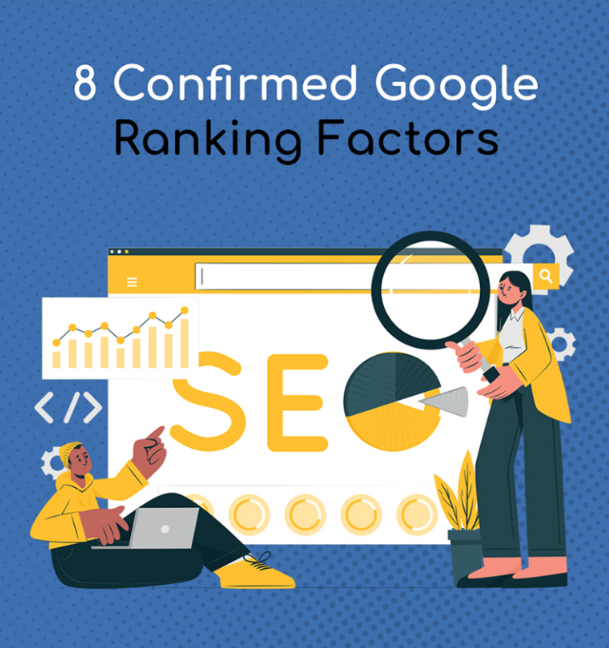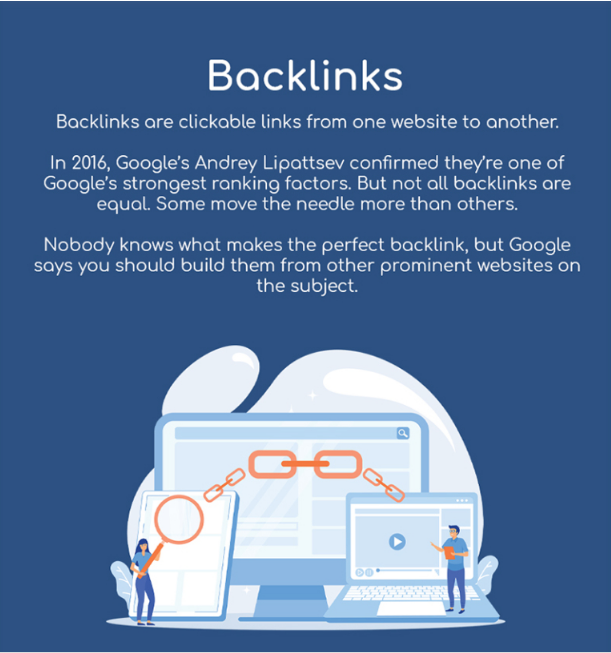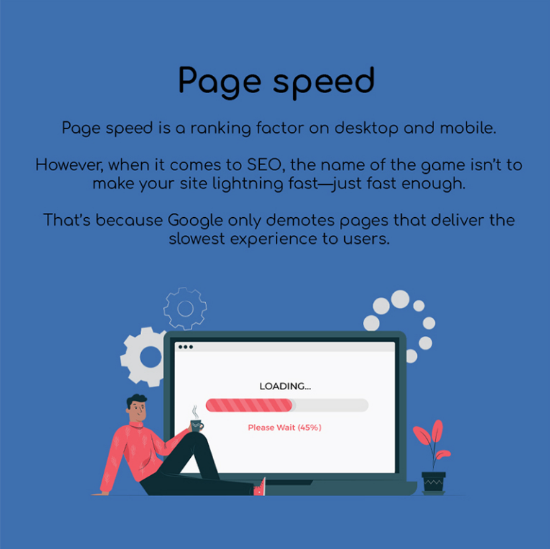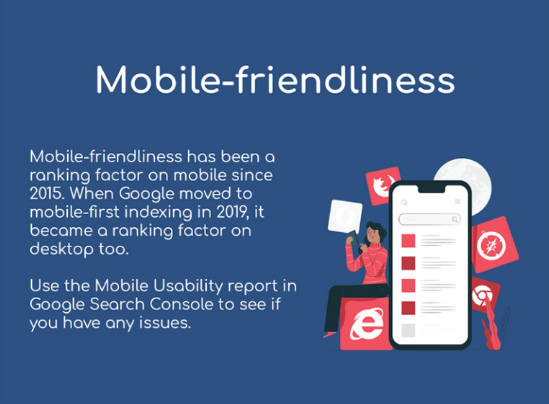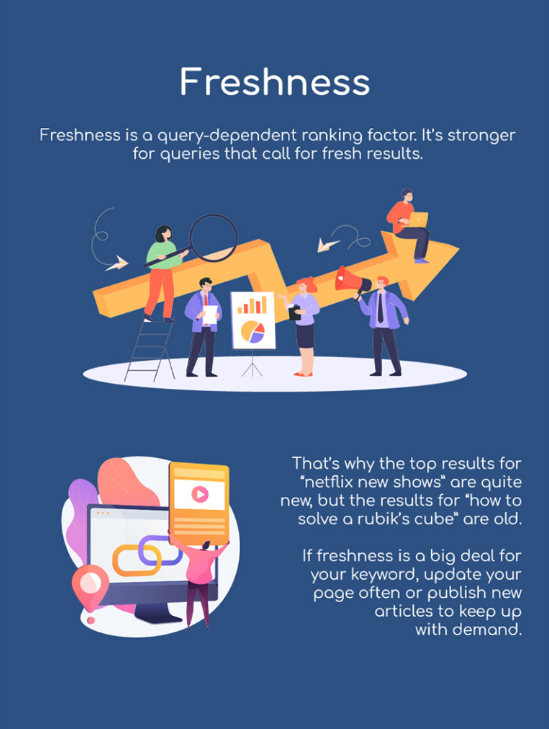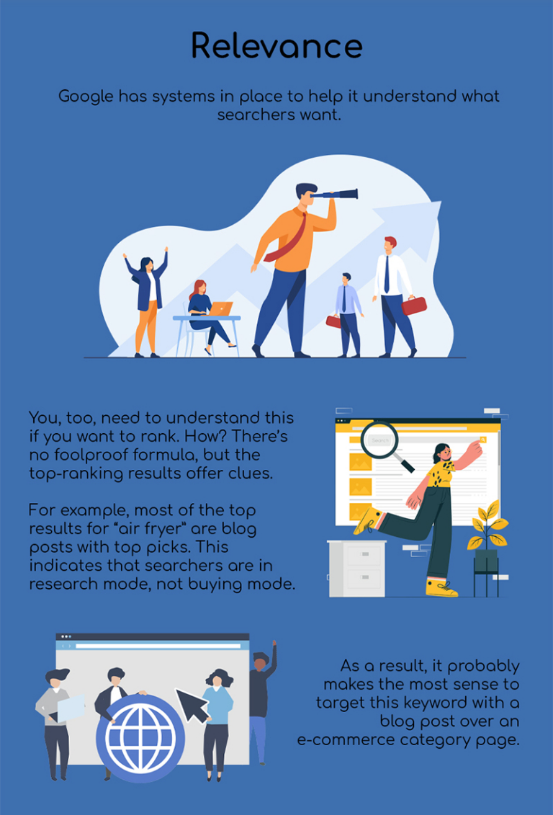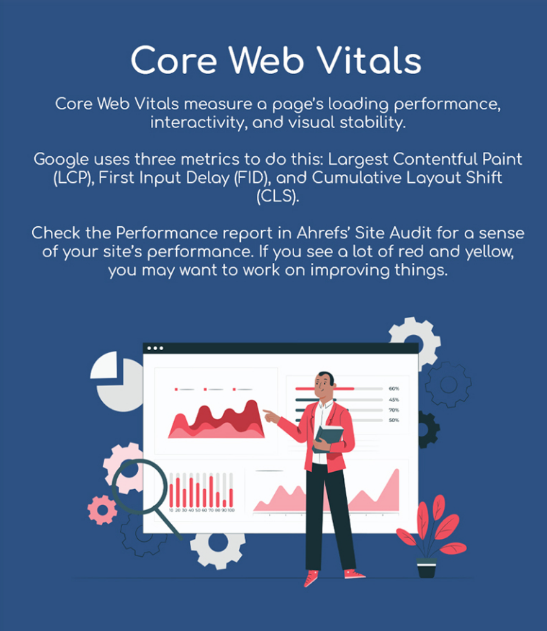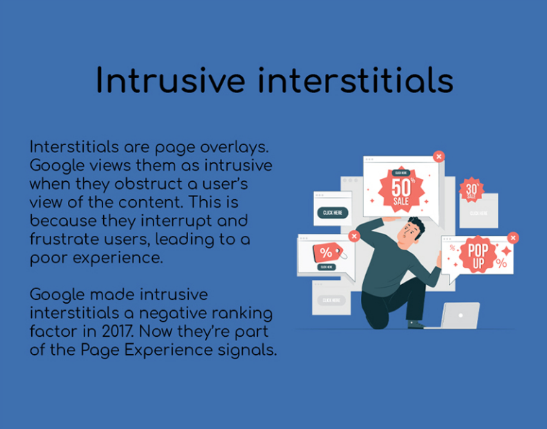Hashtags: Useful or Nuisance?
 We have all seen them, use them or been annoyed by them when abused, something I call hashtag vomit. Users who don’t understand hashtags tagging their post with so many irrelevant and annoying hashtags you just want to move on without reading the post.
We have all seen them, use them or been annoyed by them when abused, something I call hashtag vomit. Users who don’t understand hashtags tagging their post with so many irrelevant and annoying hashtags you just want to move on without reading the post.
It started on Twitter, Facebook unsuccessfully tried to incorporate them in posts, LinkedIn gave up on them, Instagram and Pinterest users swear by them but few actually understand their use and purpose.
By definition, A hashtag is a type of label used on social network and micro blogging platforms to make it easier for users to find messages with a specific theme or content. In short, hashtags are like keywords allowing readers to find content related to a subject and should be treated as such
Social media “gurus” have been promoting hashtags as essential to social media posts and content success, advising marketers to use hashtags as a critical element of any high-performing social media update without educating their clients and the public about the way to effectively use them
The result has been hashtag vomit, what mainstream search engines would classify as spam. We have seen updates and content with plethora of hashtags, some relevant most irrelevant for the sake of trying to maximize potential exposure.
The question has long been, do hashtags actually work?
The answer is yes and no, depending on your purpose
Twitter recently released a study focused on direct response ads, which are intended to drive a specific result, like an app install or a website visit, suggesting that when these ads included a hashtag or mentioned another account, they didn’t perform well
Politicians Idiot Guide To Twitter
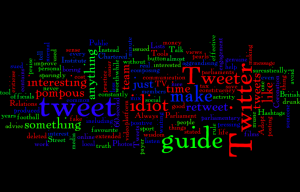 8 years into the making, British members of parliaments were just issued an “idiot guide to Twitter” or, how to tweet without how to avoid being boring, pompous or sued.
8 years into the making, British members of parliaments were just issued an “idiot guide to Twitter” or, how to tweet without how to avoid being boring, pompous or sued.
The “idiot guide to Twitter” guide contains pearls of wisdom… or just some common sense advice to a real time communication tool like Twitter that can be extended to any social media platform.
- Always tell the truth
- Do not tweet while drunk
- Only tweet when ‘when you have something interesting or worthwhile to say’
- Adopt a ’60-second rule’ before posting anything online, composing a message but then waiting ‘one minute before pressing the tweet button’.
- Tweet about ‘almost anything’, including a mix constituency work, parliamentary activity and their personal life.
- Tweet about things normal people are interested in like music, sport, films and TV. ‘But make it genuine, don’t fake an interest in your local football team or Coronation Street if that’s not your thing.’
- It isn’t good practice to constantly retweet tweets that praise you, or even to sarcastically retweet tweets that criticise you. It is too aggrandising and pompous.’
- Instead, favourite every tweet where someone says something nice or positive about you
- Tweet yourself and be yourself, your team can help you, but can’t do it for you
- Talk less than you listen
- Tools make it easier and more effective
- Tweets should never be deleted
- Hashtags improve engagement, but should be used sparingly
- Lists save you time
- Your views aren’t your own
- Photos and video make it more interesting
The “idiot guide to Twitter” was produced for Parliament by the Chartered Institute of Public Relations and officials stated that it had not cost any money to the tax payer
What do you think… chime in in the comment section
Is Your Website Mobile Friendly?
 Is your website mobile friendly or not, if it is not, you will want to know about April 21st
Is your website mobile friendly or not, if it is not, you will want to know about April 21st
We’ve all heard and laughed at Geico’s commercial “Do you know what day it is”, April 21st is not hump day but if your website is not responsive (aka friendly to mobile devices like smart phones, I pads and other tablets) it’s the day Google will start penalize your rankings Continue reading “Is Your Website Mobile Friendly?”
Facebook Algorithm Likes and Dislikes
 Facebook may not have a dislike button but its algorithm, so to speak, does and knowing what Facebook algorithm likes and dislikes greatly influences whether your post will show on your followers wall or not.
Facebook may not have a dislike button but its algorithm, so to speak, does and knowing what Facebook algorithm likes and dislikes greatly influences whether your post will show on your followers wall or not.
Knowing how it works, what it likes or dislikes will go a long way to get your post seen by your audience and improve your ROI.
So, here we go, Facebook algorithm likes and dislikes:
What Facebook algorithm loves:
- Posts with lots of comments
- Posts with lots of likes
- Post types with photos videos (posted to Facebook instead of linked) or status update
- Posts that reference a trending topic but don’t abuse it
- Posts that receive a high volume of likes, comments, or shares in a short time
- Posts with links, there is a way Facebook prefers it done
- Videos uploaded to Facebook (instead of just linked) with a large number of views or long viewing time
- Posts that tag other pages
- Posts that your friends like or comment on
- Posts from pages that have a lot of interactions
- Post types with a lot of interactions
- Posts from pages that have completed profile information (about tab)
- Posts from pages whose fan base overlaps with the fan base of recognized quality pages
- Original images and videos not previously referenced in the Open Graph
- Original Links
What Facebook algorithm dislike:
- Clickbait
- Frequently circulated content and repeated posts (duplicate content)
- Like-baiting now banned by Facebook
- Posts that include spam links
- Text-only status updates from pages (no photos or graphics)
- Posts that are frequently hidden or reported (a sign of low quality)
- Posts that contain the words “like, comment, or share”
- Posts with unusual engagement patterns or schemes (a like-baiting signal)
- Posts that are classified as memes by Facebook (memes are images withf overlayed text)
Facebook Bans Like Gating
 If you have been using the “like gating” technique it’s time to stop, as of November 4th Facebook bans like gating
If you have been using the “like gating” technique it’s time to stop, as of November 4th Facebook bans like gating
If you don’t know what fan gating is, like gating is enticing your followers to like your page ot posts in exchange for freebies
Harshdeep Singh, a software engineer at Facebook, wrote in an August blog post that people “like pages because they want to connect and hear from the businesses, not because of artificial incentives”.
The ultimate goal of Social media is to build relationships and banning the practice will force brands and organizations to create quality content that engages their audiences and builds relationships instead of relying on technical tricks
No doubt some marketers will suffer but ultimately, building better relationship with quality content will lead to better quality likes and more engaged audiences.
In addition, social media should be a means to an end, no matter what you do you do not control the medium and one of your goals should be to get the data on followers out of the platform and into a platform you have more control over like traffic to your website or building your mailing list. Building better relationships will help you build better quality mailing lists more engage traffic to your websites and ultimately generate more ROI
Stopping Spam in LinkedIn Discussion Groups
 We all know spam has become a plague in LinkedIn discussion groups and the big challenge for most owners is stopping spam in LinkedIn discussion groups.
We all know spam has become a plague in LinkedIn discussion groups and the big challenge for most owners is stopping spam in LinkedIn discussion groups.
I a previous post, I showed how to spot fake LinkedIn profiles, usually created for the sole purpose of spamming. Spotting them and banning them is one of the steps you can take to help manage the problem. LinkedIn gives us other tools to help us and if you know them and know how to use them, you can help make the group discussion a much better experience for your users and stem the flow of users leaving because of the spam. Continue reading “Stopping Spam in LinkedIn Discussion Groups”
How to Preserve Your Privacy on Facebook
In light of the changes Facebook recently sneaked in privacy settings, it is important for users to adapt and understand how you can still preserve your privacy on Facebook, at least some if not most of it.
If you elected to keep your profile private and out of the Facebook search feature, well no more. Now anybody can find your profile if you have one of Facebook.
The change was announced in a Facebook blog post (see bellow) by the company “Chief Privacy Officer”??? Michael Richter. Yes, they do have a CPO although it seems privacy is really a second thought when it comes to Facebook and some other social media platforms.
“The (previous)setting also made Facebook’s search feature feel broken at times. For example, people told us that they found it confusing when they tried looking for someone who they knew personally and couldn’t find them in search results, or when two people were in a Facebook Group and then couldn’t find each other through search
Although I can see the second point, the first point was what keeping a profile “private” was about.
Now mind you, let’s say only 5% of Facebook 1.2B users opted for that privacy setting, that’s 60 million users, roughly the population of a country like France.
If you elected to keep your profile out of searches, well, it’s not going to happen but there is a lot you can do, it’s going to take some work though.
The first thing you need to do is segment your “friends” list. Segmenting is another word for creating groups of friends (called “Lists” on Facebook) based on their interests in order to show them what they will be interested in.
If you don’t have hundreds, that will be really quick, otherwise it will be time consuming but well worth your time if you value your privacy. And if your profile was set as private I assume you do. Follow these quick steps Continue reading “How to Preserve Your Privacy on Facebook”
2013 Facebook Cover Photo Guidelines Allow Calls-To-Action
2013 Facebook cover photo guidelines now allow calls-to-action in cover photos.
Previously, Facebook did not allow contact information, pricing, discounts, invitations to like and share and calls to action on the cover photo, many learned the lesson at their expense.
Not so anymore, Facebook simplified the rules and removed many of the restrictions as you can see in the 2013 Facebook cover photo guidelines bellow:
All covers are public. This means that anyone who visits your Page will be able to see your cover. Covers can’t be deceptive, misleading, or infringe on anyone else’s copyright. You may not encourage people to upload your cover to their personal timelines. Covers may not include images with more than 20% text.
The one restriction is the 20% text
What does that mean for marketers?
-
Generate More Leads
-
Promote More Content
-
Improve Conversion
-
Get more value for of your timeline
And if you have not yet customized your cover photo, here is a reminder of the dimensions:
Social Media Rules for Brands: The 10 Commandments

Social media for brands dos and don’ts, the social media rules to know
While the anonymous, public and often informal nature of Internet dialogue often leads corporations to relax their guard, it’s important to note: Managing a brand’s social media presence is a tricky balancing act. The key to being successful? Keeping things polite and professional, and constantly acknowledging your audience’s voice, while adding value or insight to customer exchanges.
Looking to enhance your corporate social media efforts? Here are
1. Thou shalt be patient and considerate.
While many campaigns seem to go viral overnight, it’s important to remember that businesses rarely experience instant breakthroughs or meteoric audience growth on social media. More important than chasing huge follower or subscriber counts is to consistently and meaningfully engage an audience by creating helpful and insightful content that addresses key concerns or speaks to consumer needs.
Over time, through constant two-way dialogue with users, this commitment will help your business build a loyal and involved following, the influence of which may far outstrip that of larger, less engaged audiences.
Be relevant, generous and sincere. While doing so may not seem as sexy or instantly gratifying as posting a viral video or infographic, it will help you build trust, empathy and, most importantly, relationships, the currency of the modern social realm.
2. Thou shalt not be indifferent to the voice of thy customer.
When you engage in social media, you commit to playing a role in very public customer conversations. This entails consistently having to acknowledge other parties’ opinions, and embracing both the good and the bad, including harsh or critical feedback.
Instead of looking the other way when someone posts something unflattering, take a moment to objectively assess the feedback. Constructive criticism not only presents opportunities to improve our efforts to serve end-users; it also presents a chance to engage in human exchanges, and apologize and appease the situation.
In other words, the goal is to create conversations, not critiques, and optimize the level of customer support and service provided to your audience. Sometimes, simply taking a moment to acknowledge others’ voices, or answer questions directly can bridge gaps that threaten to build a gulf between you and end-users.
3. Thou shalt be true to thyself.
You’ve spent ample time crafting your brand’s mission and values across your website, marketing materials and advertising efforts. Now is not the time to abandon the positive image you’ve worked so hard to cultivate, or forsake professionalism or propriety in the name of popularity.
Given the medium’s more personable nature, social media exchanges should certainly be more human than formal. But all should be respectful of customers, audience needs and the positive image you’ve worked so hard to cultivate. It’s important not only to respect followers’ time and intelligence, but also to be consistent with your branding and messaging across all platforms. That way, fans and followers know both who you are and the values that your business stands for.
4. Thou shalt think before you post.
Trade secret: Every post or status update you share should add value for your audience, regardless whether that value comes in the form of enlightenment, entertainment or an uplifting exchange.
Therefore, make every share unique, and think about how to ensure it counts – i.e., what can you add to the conversation that others can’t? As a simple example, retweeting posts of note is an excellent way to share information, but adding your own opinion or links to further resources is an even better use of time. Likewise, if you post every single little detail or update about your brand, industry and products, fans may become fatigued. Respect your audience and think about how to make posts superlative, singular and of notable worth before sharing.
The key question to ask yourself: What’s in it for them?
5. Thou shalt be brief.
Remember to keep it short and sweet on social media. You have only a few seconds to catch someone’s attention, and even less time to keep it. Therefore, make sure your posts have an immediate impact and utilize concise language, links, references or (better yet) visual assets, such as photos, videos and inforgraphics. These quickly convey key information at a glance.
Look for ways to distill an idea down to a single statement or elevator pitch that clearly and quickly communicates subject matter, tone and target audience, and provides further points of reference should audiences wish to dive deeper into the topic.
6. Thou shalt not hog the conversation.
In many ways, social networks serve as the world’s largest cocktail party. But no one wants to be stuck with a self-centered conversation hog.
The same rule applies to your social media presence, where it’s important to listen before speaking – doubly so, as the dynamics of conversation and rules of online behavior differ depending on context and parties in attendance. Dedicate the majority of your time proactively engaging your audience, then split the remaining time between content your audience will care about and promoting your brand.
7. Thou shalt do good.
Think of social media as the world’s largest megaphone or amplifier – it can project your online voice louder, farther and faster than ever before.
Always be engaging and upbeat (negativity never reflects well on the poster, especially online, where conversational subtlety and nuance are often lost in translation), and take advantage of the opportunities presented to promote positivity. Material you post online should be less promotional than beneficial in nature, designed to help viewers save time or money, enhance learning and awareness, or offer key opinions and insights. From securing support for charitable ventures to offering deeper looks at evolving trends to helping fans and followers make valuable connections, consistently look for ways to aid, assist and uplift your audience.
8. Thou shalt keep it strictly business.
While color and personality are always welcome online, business and pleasure seldom mix well in social media contexts – personal and corporate accounts are best kept separated. Remember: Users following business accounts do so because they identify with the brand, and expect content in keeping with its core image and focus. Posting anything outside of this realm may prompt confusion, surprise or indifference, and has the potential to reflect poorly on your brand.
Communications should universally be polite, professional and on-topic. Where the risk of misinterpretation or controversy exists, play it safe and skip posting. Keep your tone and voice upbeat and respectful – avoid complaints, negative comments and stabs at the competition at all costs.
9. Thou shalt respect the hashtag.
Twitter hashtags are great vehicles for highlighting topics of relevance, drawing audience’s attention and fostering fan engagement. However, they can also be dangerous when used incorrectly – i.e., too frequently or in inappropriate contexts.
Oftentimes, brands overuse hashtags or place them in unrelated posts to drive added visibility. But doing so may leave viewers feeling cheated, especially if those hashtags add no relevant context to conversations or potentially alienate readers. This can cause a negative reaction to your online voice and ultimately your business, which will not only hinder fan acquisition but potentially detract from your brand.
10. Thou shalt not lie.
Skip the temptation to embellish, fib or inflate the truth online, especially since it can easily backfire or even lead to potential legal repercussions. Likewise, be honest with your audience. If fans and followers have questions about an evolving scenario – e.g., a potential PR crisis -– sometimes, the best answer is simply a prompt: “Apologies, but we don’t know. However, rest assured we’re working on it, and will let you know as soon as possible.”
Trust is the foundation of any relationship – real or online, and its loss can have a marked impact on both your brand and customer perception. As Benjamin Franklin once pointed out, it takes many exchanges to build a positive reputation, but only one mistake to undo it.

